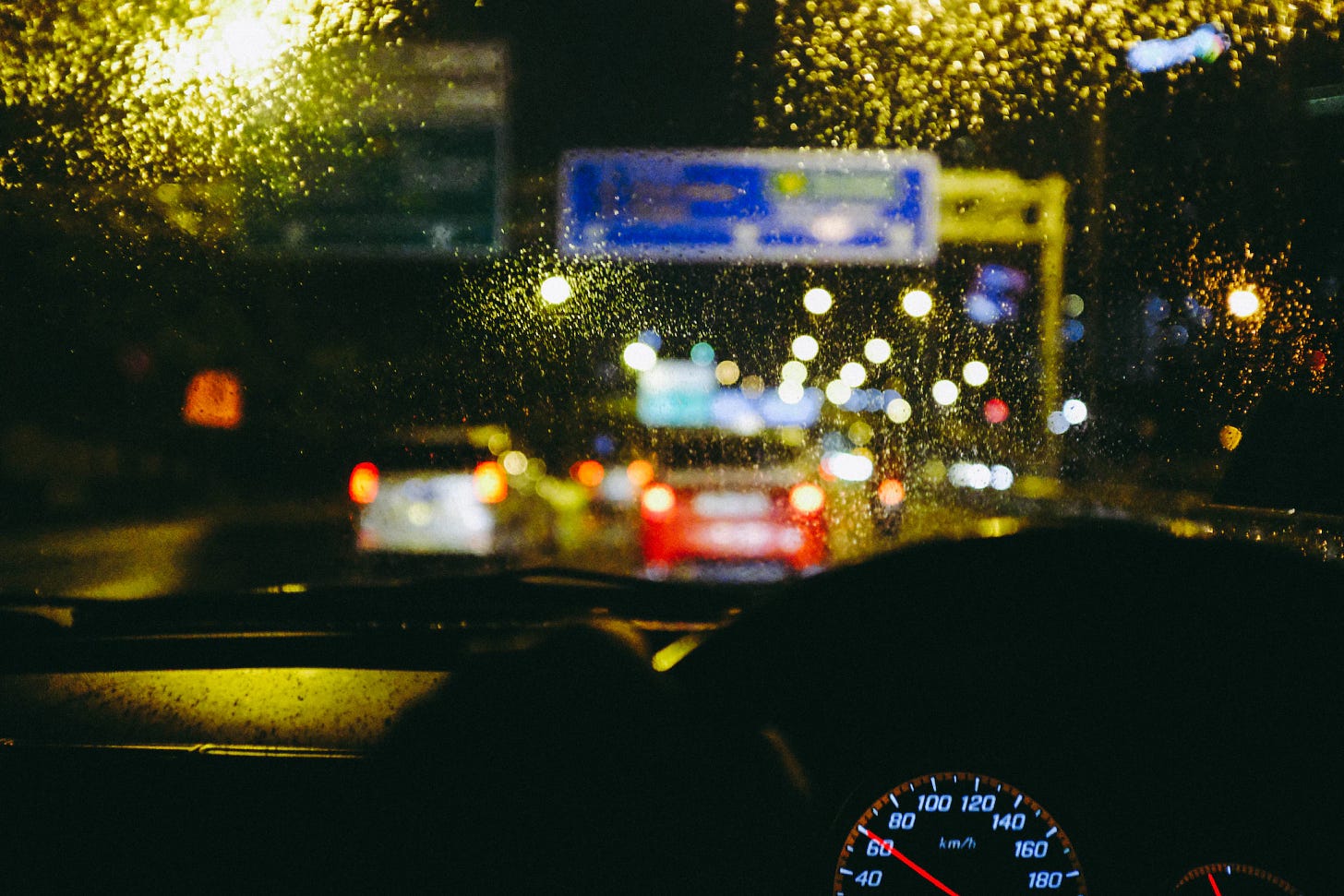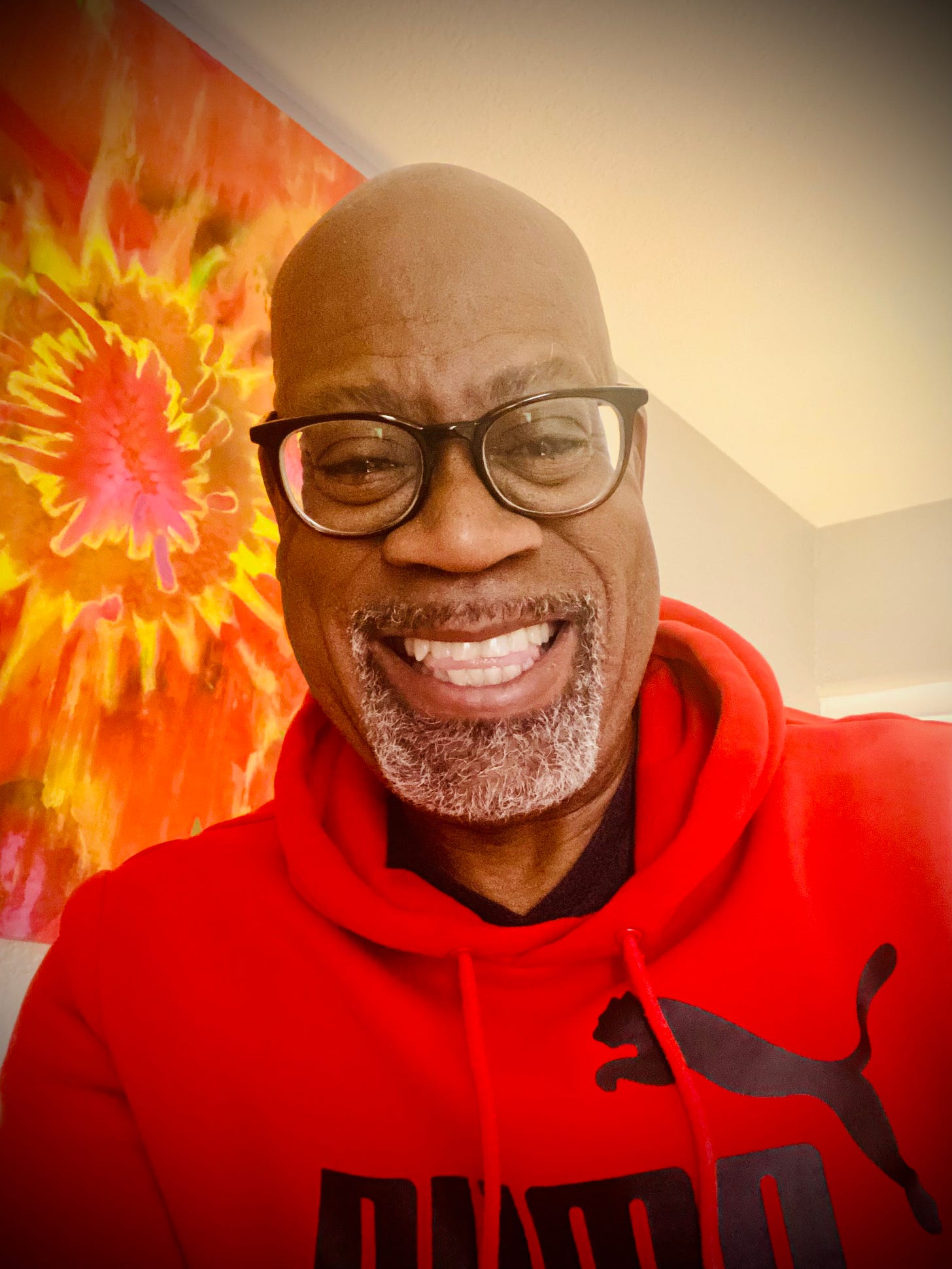Unsplash Photo Credit: Nick Radzi
Chapter 9 of the Tao Te Ching tells us……
Fill your bowl to the brim and it will spill.
Keep sharpening your knife and it will blunt.
Chase after money and security and your heart will never unclench.
Care about people’s approval and you will be their prisoner.
Do your work, then step back.
The only path to serenity.
Note to self……Stop trying to do too much.
As I write this, I find myself in a bit of a temporary setback financially. And yet, one thing I know is that running around with my hair on fire in search of a random fix for this can be a lesson in futility.
I call this unrestrained push to get on the other side of what may be impacting us “overdriving your headlights.” As in the case of a car, it means driving at a speed that's too fast for the distance your headlights need to illuminate the road ahead.
I’ve found that it’s crucial to avoid this state for several reasons:
Reduced Reaction Time: Getting too far ahead of yourself limits your ability to react to unexpected obstacles, dangerous hazards, or sudden changes in life conditions. This can lead to unexpected issues because you won't have enough time to brake or swerve to avoid a collision.
Increased Stopping Distance: If you're moving too fast for your headlights, your stopping distance will be longer. This means you'll need more space to come to a complete stop, which can be dangerous in an emergency situation.
Impaired Visibility: Overdriving your headlights can adversely impact your sight line, especially in adverse weather (or life) conditions where your visibility is impaired. In these situations, the glare from your headlights can reflect back at you, making it even harder to see what's ahead.
Stress and Fatigue: Straining to see in low-light conditions or when overdriving your headlights can cause stress and fatigue. This can impair your ability to make sound decisions and react quickly.
To ensure safe driving (i.e. maintain your focus on what’s on right in front of you), always maintain a speed that allows you to stop within the distance illuminated by your headlights. This is a fundamental aspect of defensive driving that can help reduce the risk of accidents on the road and in life.
Stoic philosophy adds another element to this by placing a significant emphasis on the concept of controlling only what you can control in life. In other words, controlling what’s directly in front of you at that moment versus getting too far ahead of yourself.
This principle is encapsulated in the famous Stoic maxim often attributed to Epictetus:
“The chief task in life is simply this: to identify and separate matters so that I can say clearly to myself which are externals not under my control, and which have to do with the choices I actually control."
Stoicism teaches that we should primarily concern ourselves with what is within our power, which is our thoughts, attitudes, and choices. These are the only things we have true control over.
Like Taoism, it advocates accepting with equanimity aspects of life that may be beyond our control, such as external events, other people's actions, and the unpredictable nature of the world. They suggest that resisting or worrying about the uncontrollable is a source of unnecessary suffering.
By concentrating on what we can control and accepting what we cannot, taking a Stoic Taoist approach promotes inner peace and serenity. This doesn't mean becoming passive, but rather redirecting our efforts toward our responses and actions.
In the timeless wisdom of Taoism, the present moment is revered as the gateway to harmony and enlightenment. To remain in the present, focusing on what's right in front of you, is to embrace the essence of the Tao itself. For the Tao teaches us that life flows naturally, and by grounding ourselves in the here and now, we attune to its rhythms.
In this moment, all that exists is the interplay of Yin and Yang, the dance of opposites. By immersing ourselves in the present, we can see the beauty and balance within the mundane. We find peace in accepting what is, rather than striving for what could be.
Through full immersion in the present moment, what’s directly in front of us, we cultivate mindfulness and simplicity. We shed the burdens of the past and the worries of the future, entering a state of effortless grace. This allows us to flow with the river of life, moving with the currents of nature, and attaining true contentment.
Taoism offers a constant reminder that by embracing the present, we align with the wisdom of the universe. We discover that within the ordinary lies the extraordinary, and that by appreciating what's right in front of us, we can find the path to a profound and fulfilling existence.
The Chocolate Taoist is a reader-supported publication written by me, Diamond-Michael Scott. To receive new posts and support my book publishing journey, please consider becoming a member supporter at $6.00/month or $60.00/year.





